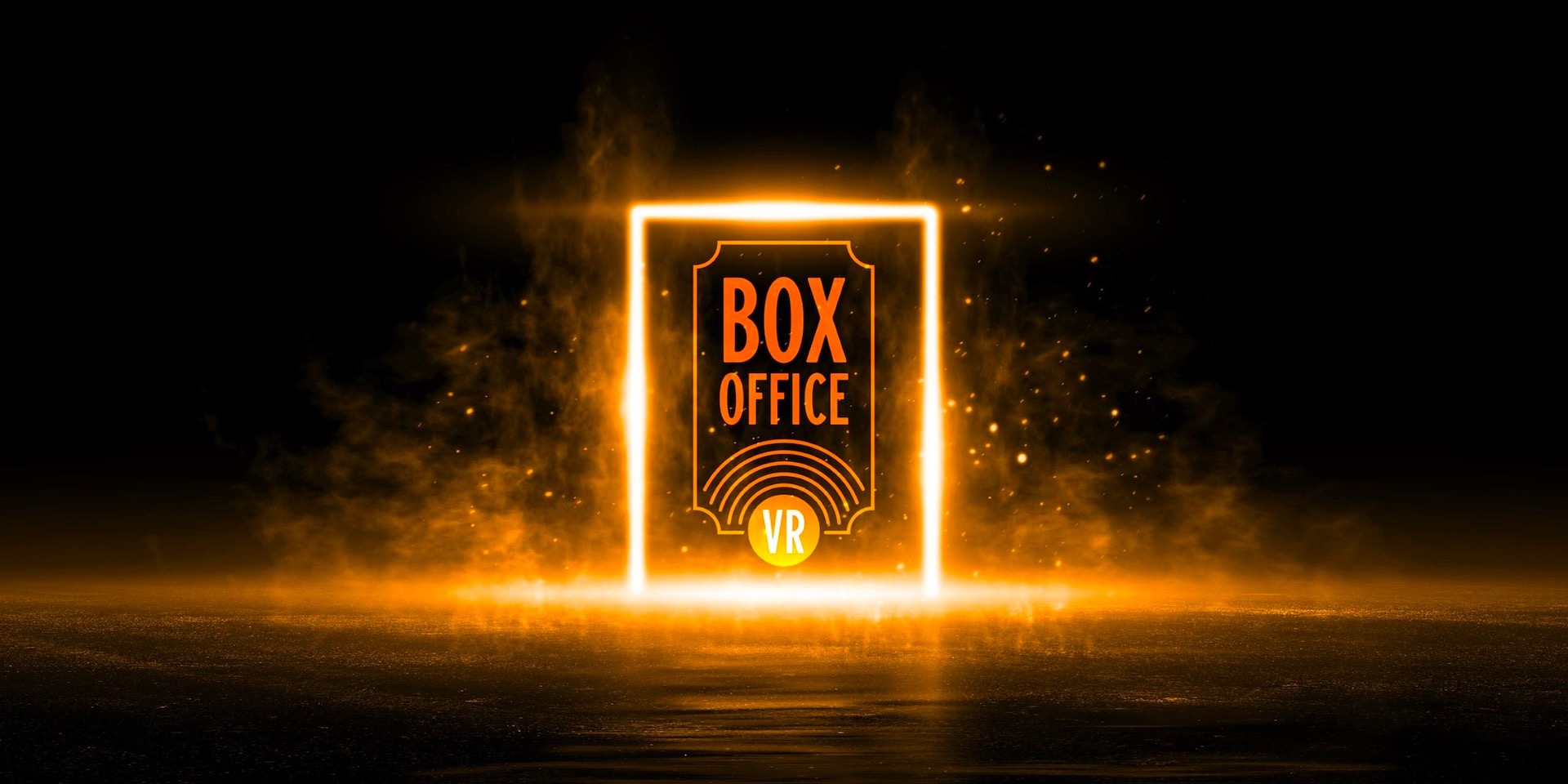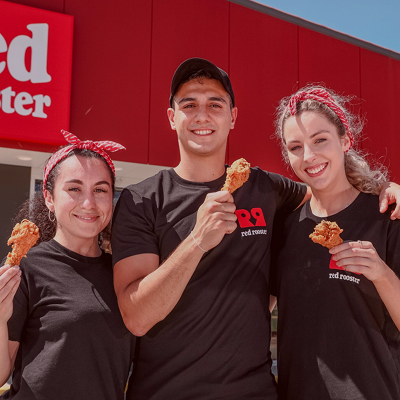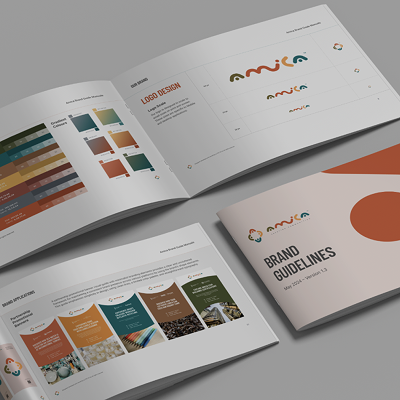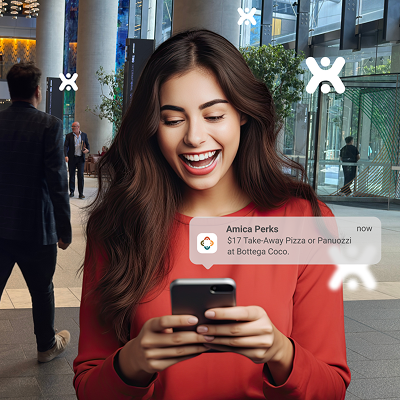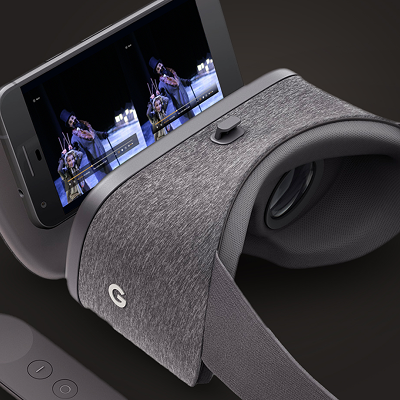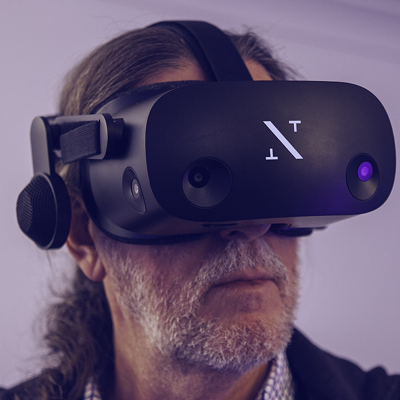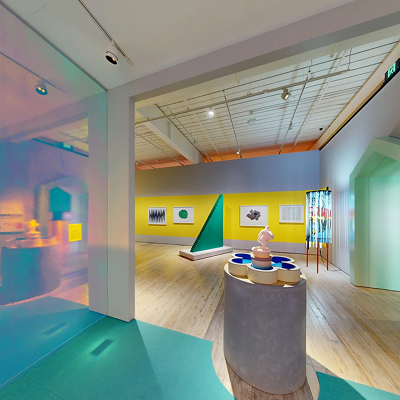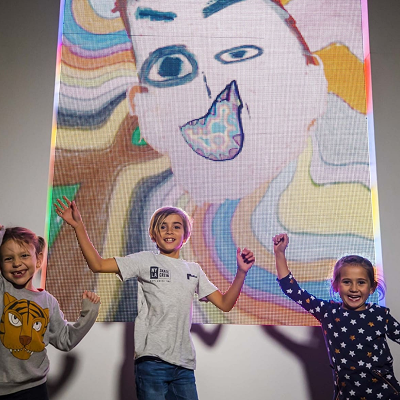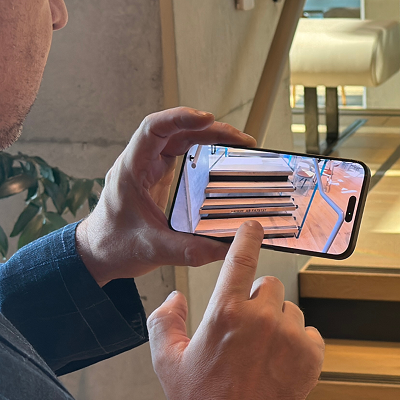How a Virtual Reality can capture the essence of live theatre experience and enjoyable anywhere anytime.
Box Office VR is our joint venture product with Neon 8, a digital marketing agency located in Scotland that offers professional videography and post-production services, focusing on theatre and live performance industry.
They excel in working one-on-one with clients to help develop their ideas and ensure that the final product is a high-quality video that meets all of the client’s goals and objectives. The team at Neon 8 includes an Adobe Certified Expert who is experienced in filmmaking, VR films, and software training not only in the UK, but across Europe as well.
The live theatre industry was dealt a heavy blow when COVID-19 hit and lockdown restrictions were put in place. Unlike cinema, theatre is an experiential art form that can’t be easily replicated through video recording or digital conversion.
To create a digital experience that truly captures the essence of live theatre, the only viable option is to transform it into a virtual reality (VR) video.
Neon 8 saw the potential in virtual reality and wanted to make it easier for people to enjoy live theatre. So they came to us to help them develop the platform.
However, we faced significant challenges while developing this platform. One of the primary obstacles was the lack of a web-based VR player available in the market. We had to create a web-based player that supports all available desktop VR headsets to overcome this issue.
Developing the player required expertise in both game development and VR technology. We chose to use the Unity game engine and OpenXR to create the player, ensuring compatibility with various VR headsets. This enabled us to create a player that would work with a wide range of VR headsets, giving users a great VR experience.
We recognised that not everyone had access to a VR headset. To ensure that everyone could enjoy their VR streaming service, we created a mobile-based VR version that could be used with VR gadget similar to Google Cardboard. This allowed users to experience almost the same level of immersion as the web version, without needing a high-end VR headset.
Another challenge that we faced was the varying internet connectivity speeds in different parts of the world. To tackle this issue, they created a different video quality option, allowing users to select the video quality according to their internet availability. This ensured that users with slower internet speeds could still enjoy the content without interruptions.
To further enhance the user experience, we also developed a user interface system in VR that makes navigation easier and more intuitive, making the overall experience smoother and more enjoyable.
Our development of a web-based VR player, mobile-based VR version, and different video quality options has made it possible to turn live theatre into a VR streaming service. This benefits actors and those who work in the industry by providing them with new possibilities for content creation, performance, and consumption.
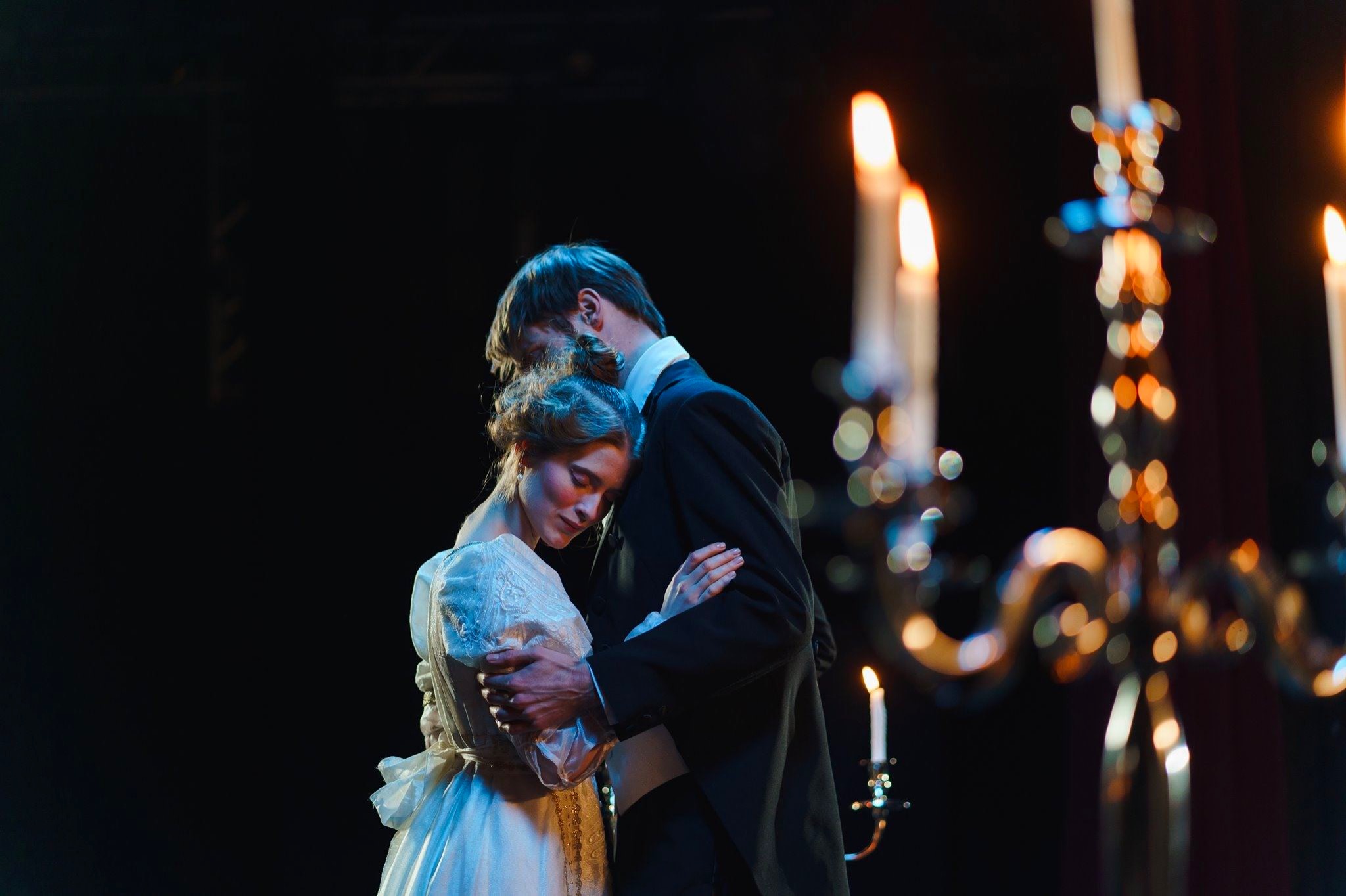
The use of virtual reality technology in live theatre has the potential to revolutionise the entertainment industry. Our development of a web-based VR player and mobile-based VR version, along with the different video quality options and user interface system, are significant steps towards achieving this goal. With further advancements in technology, we can expect to see even more exciting developments in the entertainment industry in the future.
Do you have an industry specific challenge that requires a creative and technology solution? Let’s have a chat.

